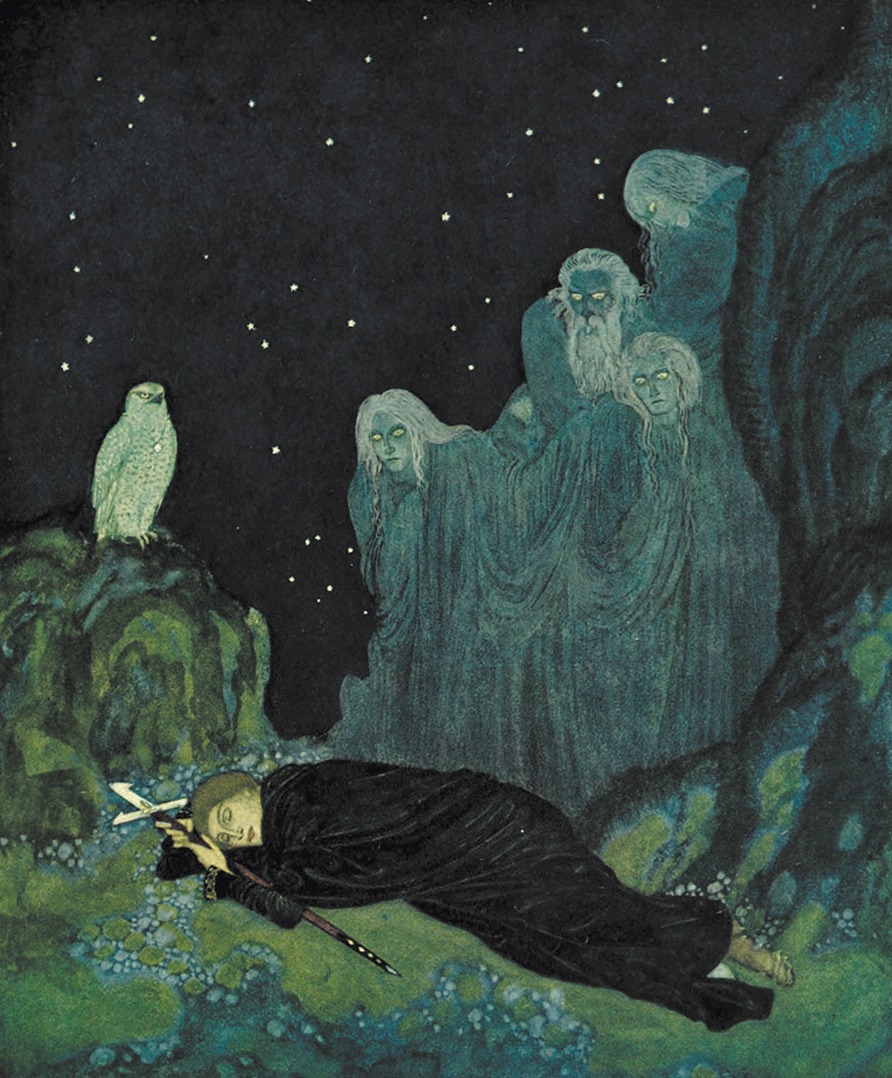The border between waking life and the dream state is porous. Every night, in the deepest part of sleep, scents and smells can drift across from the spaces around us and infuse our dreams. When we drop into the REM state which is the most active dreaming phase of sleep, our muscles settle into a temporary paralysis to aid rest and prevent us from physically acting out our dreams, while two senses remain fully active: the auditory and the olfactory.
The olfactory sense is our sense of smell and like the auditory sense, it stays switched on during sleep to keep us alert to external dangers, making it easy for smells to travel from the outside world into the heart of a dream.
This sense is also closely related to our brain’s limbic system (from the Latin word limbus or border) which connects to emotions and memories; if you’ve ever encountered the unexpected tug of a familiar scent that transports you back through time, connecting you to a long-ago place or person, that’s what’s at play. Sleep labs introducing uplifting smells into the ritual of sleep have measured a profoundly positive effect on the dreaming experience and on dream content.
Oneirogenic plants are those which produce or enhance a dream-like state of consciousness. Traditionally plants connected to restful sleep are Valerian, Catnip, Chamomile, Hops, Lavender, Lemon Balm, Rose, and Rosemary. In the ancient Greek temples of sleep and dreaming Frankincense was burned at the doors of the dream chamber to aid travellers on their journeys into the dream realms.
Walking through a wildflower meadow during Spring in a waking state, the potent scent of the flowers can create a dreamlike quality, softening the senses and transporting us into a liminal space for a brief time. On the other side of the border, while we sleep, scents can be used in the same way. Aromas can be added to dreams like flavours to a recipe, enhancing the subtle and mysterious landscape of our dreams and sinking us deeper into the restorative power of sleep.
Originally published in AMLY journal


